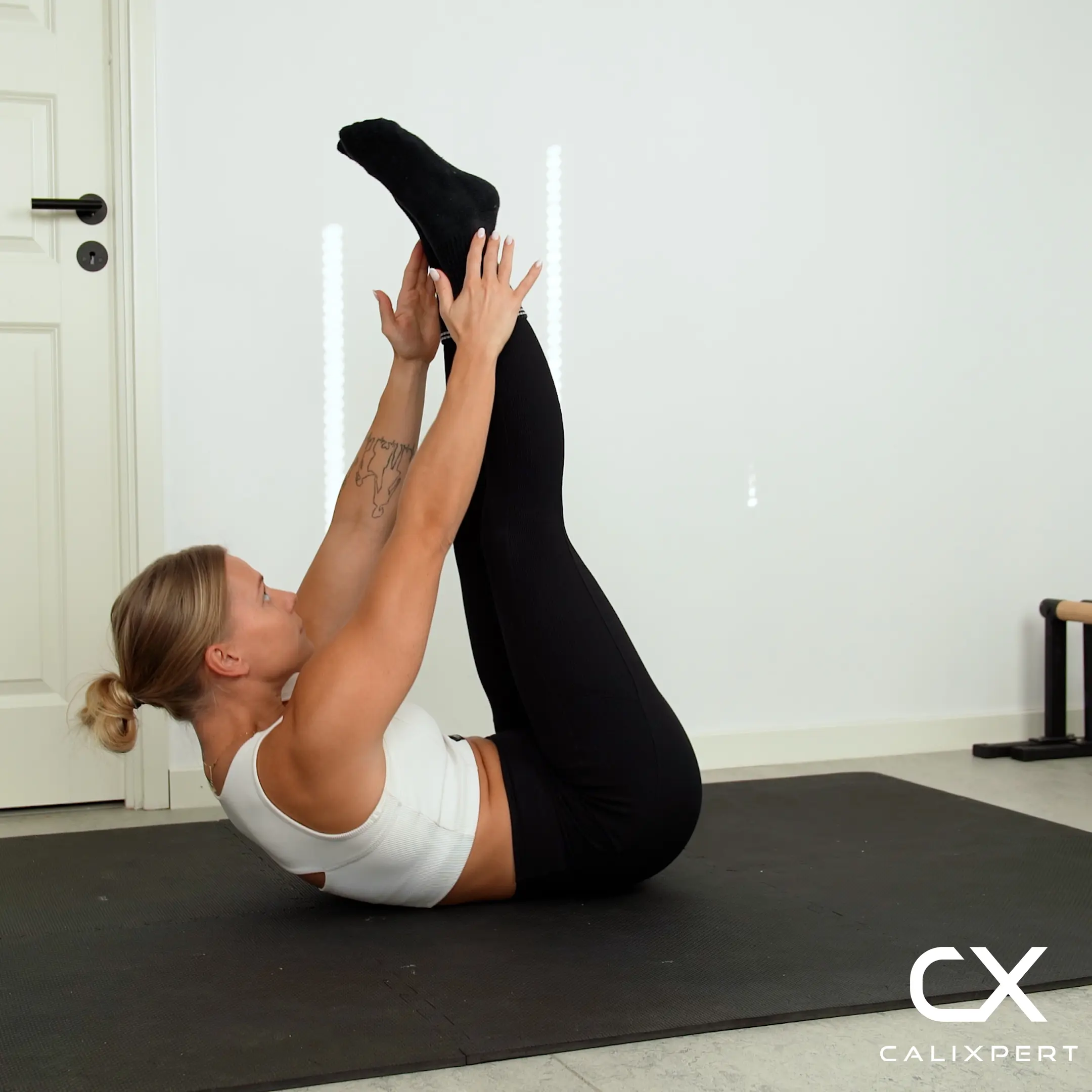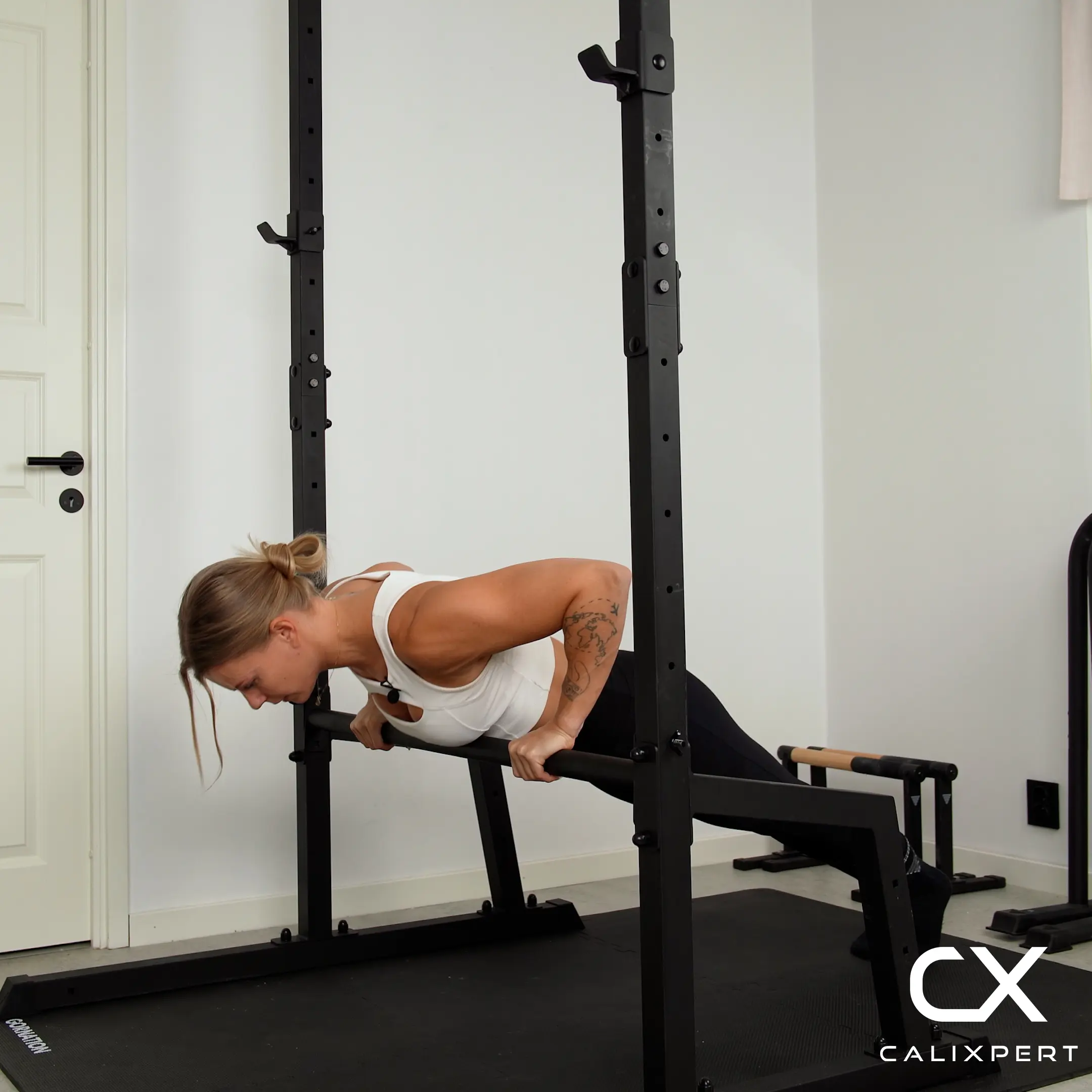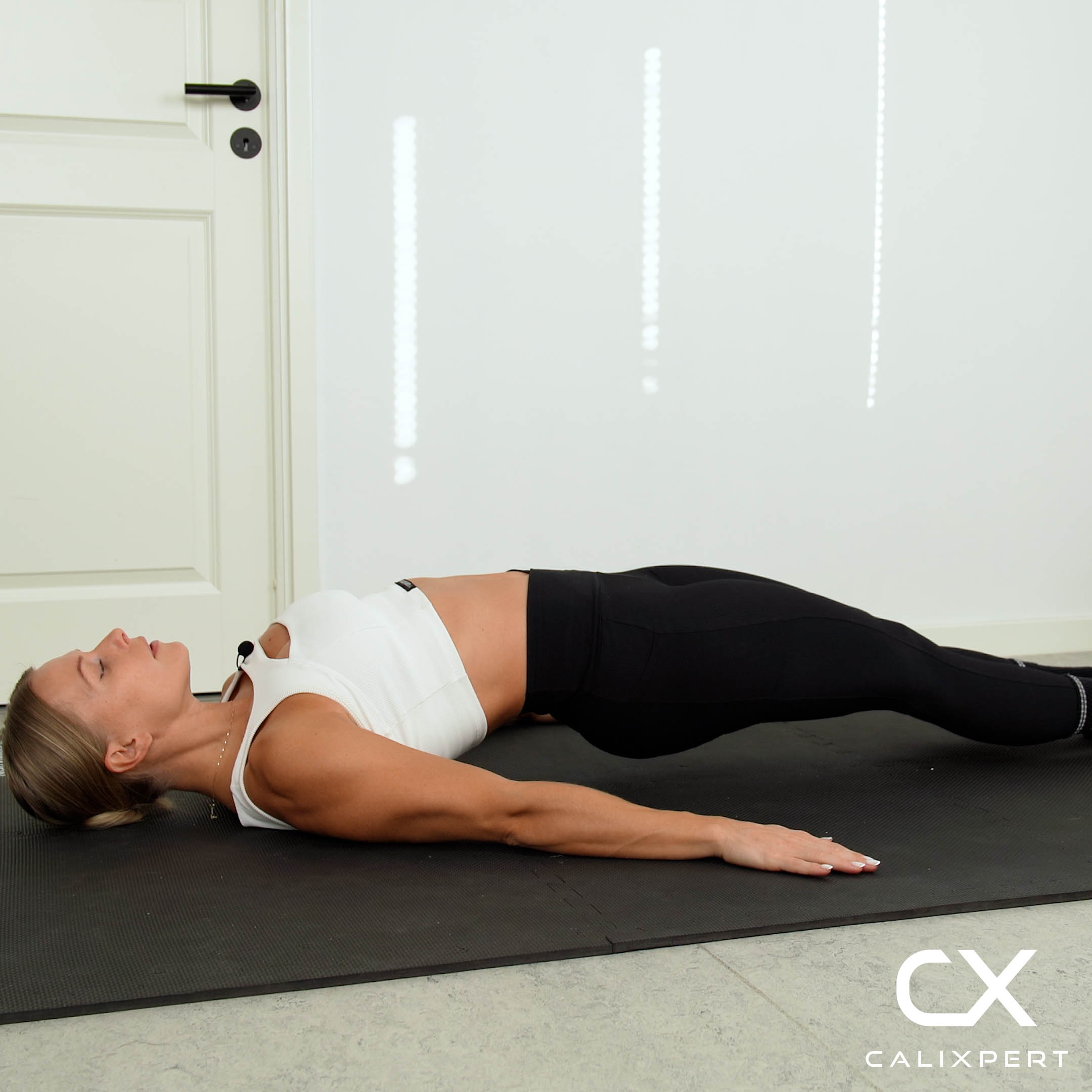How To Do Inverted Deadlift
The Inverted Deadlift is a bodyweight hamstring and glute exercise done on rings or a bar. It works the hamstrings, glutes, lower back, and core while improving body control. Unlike a regular deadlift, you are hanging upside down with your hips moving up instead of pulling weight from the ground. Proper form is key to avoid unnecessary strain on your lower back or neck.
Step-by-Step Guide to Properly Execute Inverted Deadlift
Starting Position
Hang upside down from gymnastic rings or a pull-up bar with your legs straight and feet pointed up toward the ceiling. Grip the rings or bar tightly. Engage your core and glutes to keep your body aligned.
Lowering Phase
Slowly hinge at your hips while keeping your legs as straight as possible. Bring your hips down and forward while maintaining a straight back. Lower until you feel a stretch in your hamstrings.
Pushing Phase
Engage your glutes and hamstrings to lift your hips back up. Focus on driving your hips upward in a controlled motion, keeping your legs extended and body stable.
Finishing Position
Return to the initial upside-down position with your body in a straight line. Hold this position briefly before repeating the movement or dismounting safely.
Inverted Deadlift Workout Plan for All Levels
Beginner: 2 sets of 5–8 reps, 1.5–2 min rest, 2 times per week frequency
Intermediate: 3 sets of 8–12 reps, 1.5–2 min rest, 3 times per week frequency
Advanced: 4 sets of 12–15 reps, 1.5–2 min rest, 4 times per week frequency
What Are The Benefits Of Inverted Deadlift
• Strengthens hamstrings and glutes without external weights
• Improves body control and core stability
• Stretches hamstrings and lower back in a controlled way
• Builds pulling and grip strength
• Enhances flexibility in the posterior chain
Common Mistakes to Avoid
• Arching the back too much: Keep your core tight to avoid lower back strain
• Bending the knees: Maintain straight legs for full hamstring engagement
Similar Exercises To Try For Your Workout
• Skin the Cat
• Nordic Hamstring Curl
• Reverse Hyperextensions
FAQ About Inverted Deadlift
No, inverted deadlifts are not for beginners. You need strong core and back muscles first. It’s better to start with easier exercises like regular deadlifts or bodyweight rows.
Yes. You can bend your knees more and keep your body closer to the bar or rings. You can also try holding the top position without moving until you get stronger.
If you practice two or three times each week, you may feel stronger in about one to two months. But everyone’s body is different, so it might take a little more or less time.
Yes. You should feel it in your back, belly, and leg muscles. Your lats, abs, and hamstrings work a lot during this exercise.







































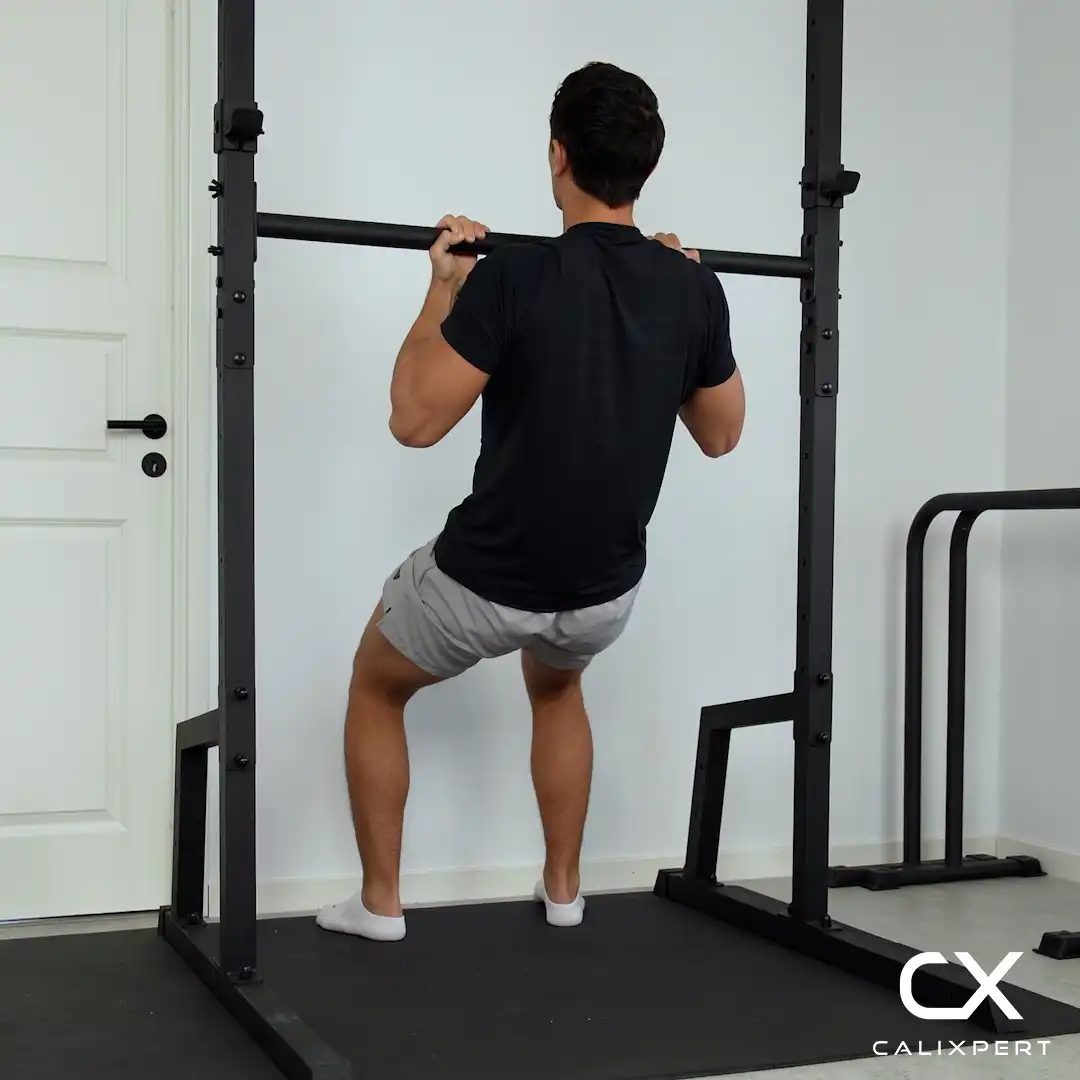










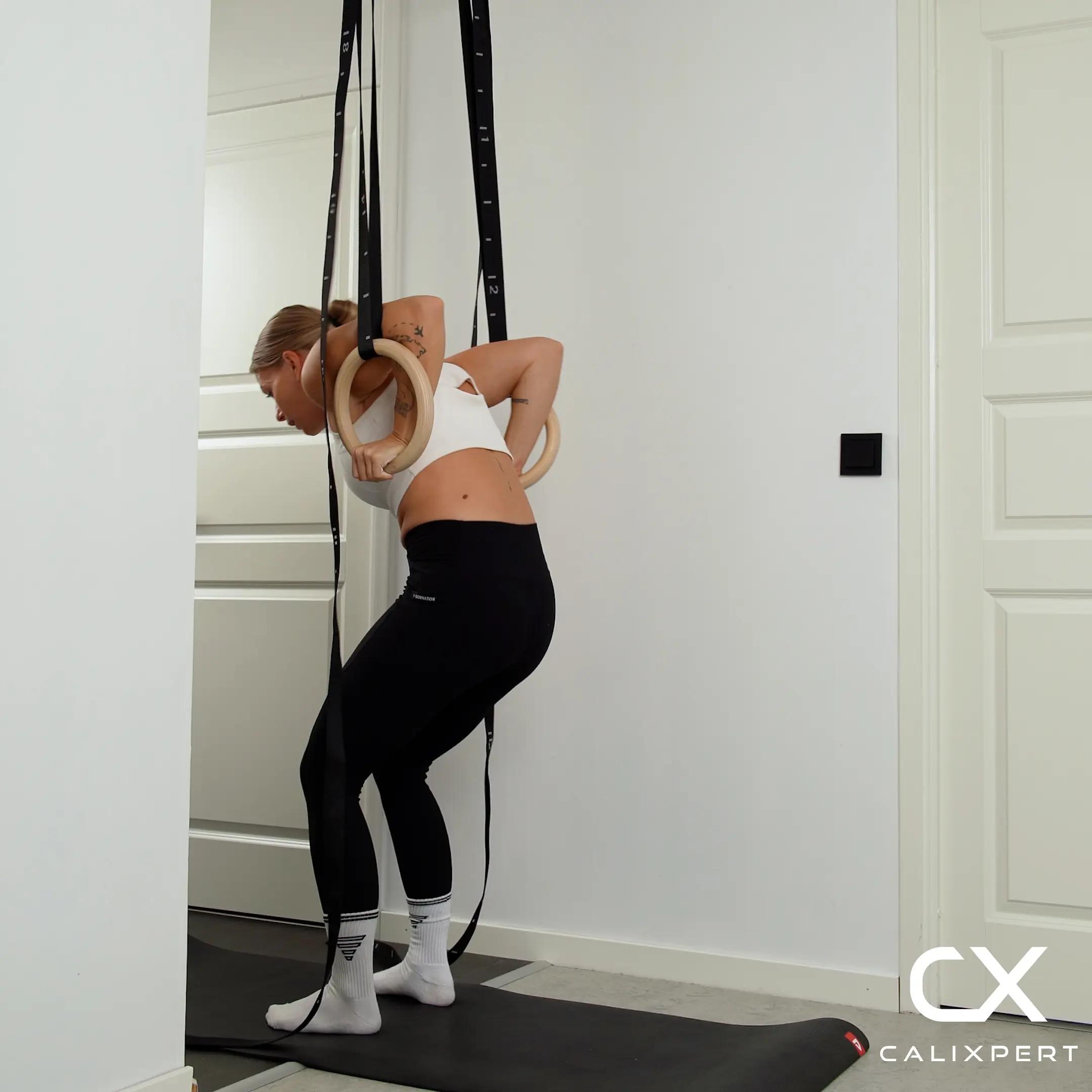



.webp)























